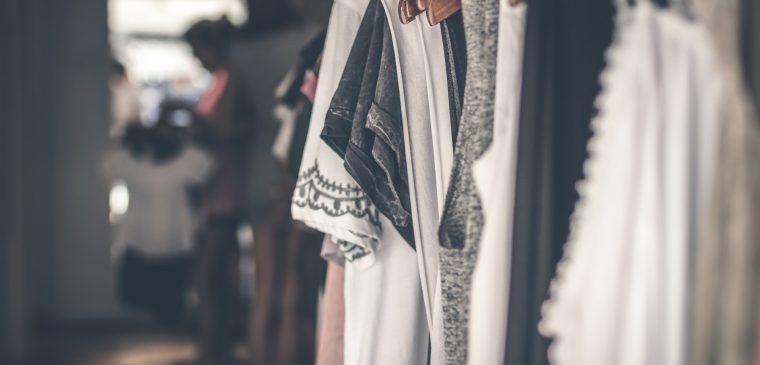
Interview on Intellectual Property Law and Fashion Design for the ABC
Sharon Givoni Consulting Intellectual Property
Sharon Givoni was recently interviewed for the ABC in relation to how IP laws in Australia protect fashion designers. Sharon takes some time to answer some burning questions on copyright, designs and fashion, looking at the adequacy of protection in Australia and overseas.
How big an issue is copyright infringement in Australia?
I think the issue is big. With the advancement of social media and technology, it is only growing.
With the emergence of fast fashion, with companies such as H and M and Zara having a three-week turnaround from runway to floor.
Therefore, emerging designers can lose out financially.
The operation of Australia’s copyright laws leads to a situation where garments can be copied and designers can have no recourse if they haven’t sought design registration.
How much does it cost the economy every year (in dollar terms)?
That’s a great question, but unfortunately, it is very difficult to quantify. The reason being is that cases do not often go to court and can get settled out of court on a confidential basis.
In general, though, Australians are estimated to spend billions on fashion each year.
Therefore, it is a big industry in dollar terms.
What avenues are open to Australian manufacturers to combat cheap copy-cat products who steal their designs?
There is no easy one-stop shop. Generally speaking, our law firm starts the process by investigating the matter and sending the other side a cease and desist letter setting out the designer’s rights.
The issue then becomes what happens if that doesn’t resolve the matter and the label has no recourse other than to institute court proceedings which can become very costly for emerging designers.
On the upside, however, we are seeing a lot more practical outcomes by complaining to companies such as eBay, Alibaba, and Instagram when our clients discover cheap rip-offs.
Another challenge is when the shape of the garment itself has been copied and the designer hasn’t opted for design registration at the outset, they may not be protected.
Is Australian IP law adequate/inadequate? What are the strengths and weaknesses of Australian IP law?
My personal view and I know that many lawyers share my view is that our intellectual property laws here are not adequate, with some people even commenting that they punish designers which I have talked a lot about in my book, Owning It.
The reason I wrote this book is because often designers approach us when they are too late. That said, copyright protection is useful if designers want to protect the actual prints.
For example, Seafolly recently won a case against another swimwear company when they reproduced a pattern which was too like its English Rose pattern which can be seen here.

They won in this case because the question was about the pattern, rather than the shape of the garment.
How does Australian IP law compare to that in other countries?
I think there is a lot of room for improvement with intellectual property law and fashion design.
Europe is the most advanced when it comes to fashion law and particularly, France which has always considered fashion as an art, and expression of individual creativity whereby an inherent design protection exists.
In France and the UK, just because you haven’t registered your design before you start selling, doesn’t mean you won’t lose your rights.
What changes are needed to make the law more effective?
A grace period by which designers can release their designs and then decide whether to protect them would be beneficial for emerging designers with smaller budgets. That way they can test the market first without having to outlay registration fees upfront.
What are your thoughts on the Productivity Commission inquiry into Intellectual Property Arrangements in 2016? Did the Commission come up with the right answers?
The productivity commission is a government body which considered economic issues surrounding IP and provides recommendations to government. IT did not specifically address IP protection for fashion designers but made broad recommendations relating to changing the defences by broadening the defences for copying by introducing a fair use exception and proposing a court that deals with intellectual property in a cheaper and faster manner.
What it didn’t do was recommend introducing a grace period for designers and again, for this reason, my law firm’s strategy is to speak to designer very early on and get them the protection they need.
About Sharon Givoni
Sharon Givoni Consulting is a boutique law firm (www.sharongivoni.com.au) specialising in intellectual property, trade mark, internet and commercial law matters for businesses of all sizes. Sharon’s book Owning It: A Creative’s Guide to Copyright, Contracts and the Law, available through Creative Minds Publishing (link towww.creativemindshq.com/owningit), aims to demystify the law for creative and small business owners regarding the protection of their designs, trade marks, copyright, reputation, confidential information and other intellectual property. Sharon can be contacted by email (sharon@iplegal.com.au) or called on 0410 557 907 or 03 9527 1334.
These questions are based on an interview that Sharon Givoni did for the ABC in September 2017.
